Back when I was in college the standard model of Cosmology consisted of a Big Bang that happened between 10-15 billion years ago. That detonation led to an expansion of the matter in the Universe that could be seen in the red shift of light coming from distant galaxies, the rate of that expansion was given the name ‘Hubble’s Constant’.

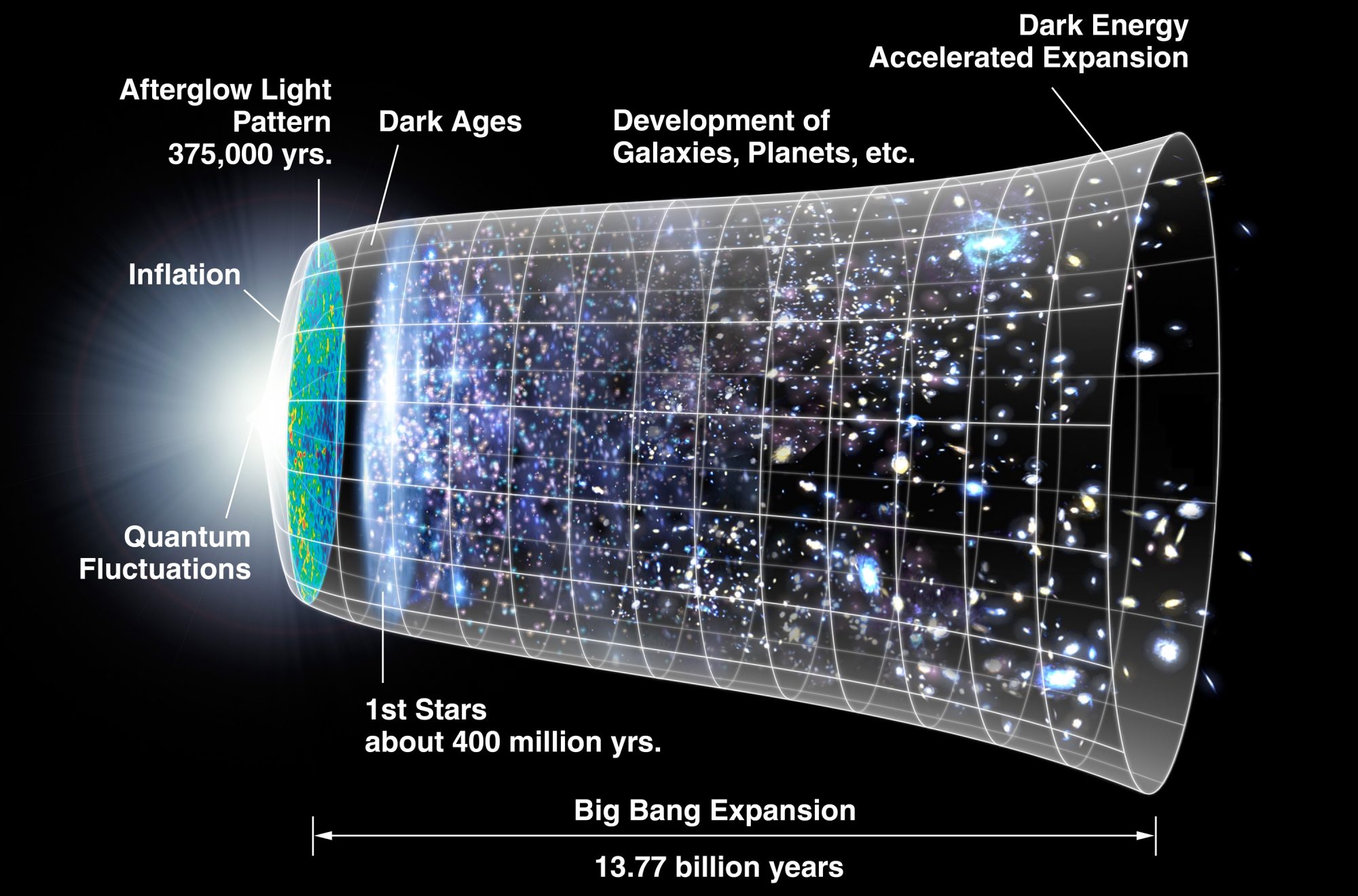
Even as the Universe as a whole expanded locally matter clumped together due to gravity to form the galaxies and stars we see today. The model also predicted that the force of gravity between the galaxies would slow down the rate of expansion so that today Hubble’s ‘Constant’ would be smaller than it was billions of years ago.

The big Question, back when I was in college, was whether or not the force of gravity was strong enough, was there enough matter in the universe to eventually bring the expansion of the Universe to a stop billions or even trillions of years from now. If that happened the Universe would begin to contract until there was a ‘Big Crunch’. Or if there wasn’t enough matter in the Universe then it would just expand forever with all of the stars dying out as they ran out of fuel. A cold, empty Universe that was paradoxically called ‘Heat Death’ because the entire Universe would be at thermal equilibrium so that no work could be done.
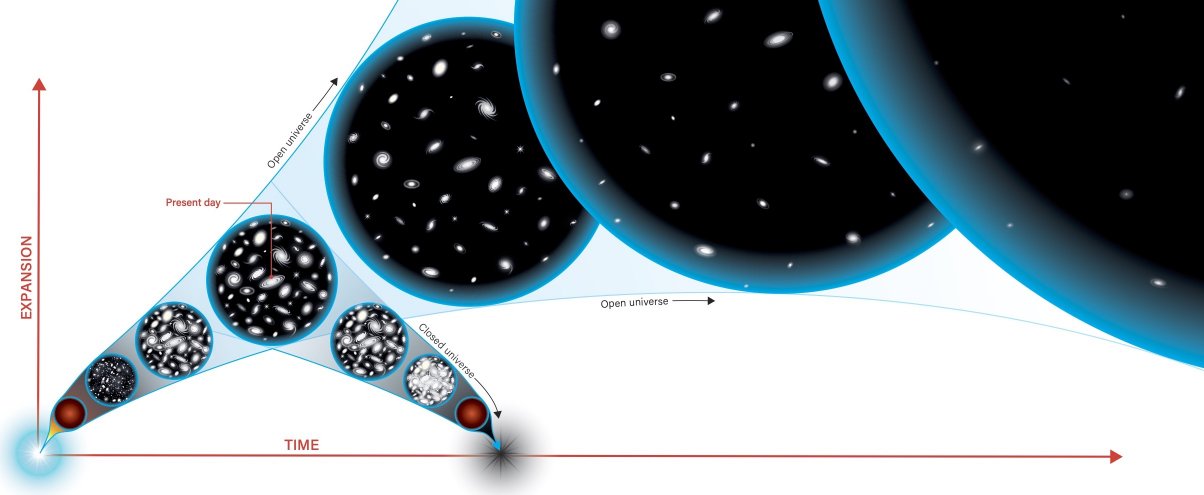
Oh, and then there was something wrong with the way the galaxies behaved, their dynamics. They acted as if they contained more matter than we could see, so astronomers called the problem ‘Dark Matter’. The astrophysicists had a few ideas what Dark Matter could be but really had no evidence to back up their hypothesizes.
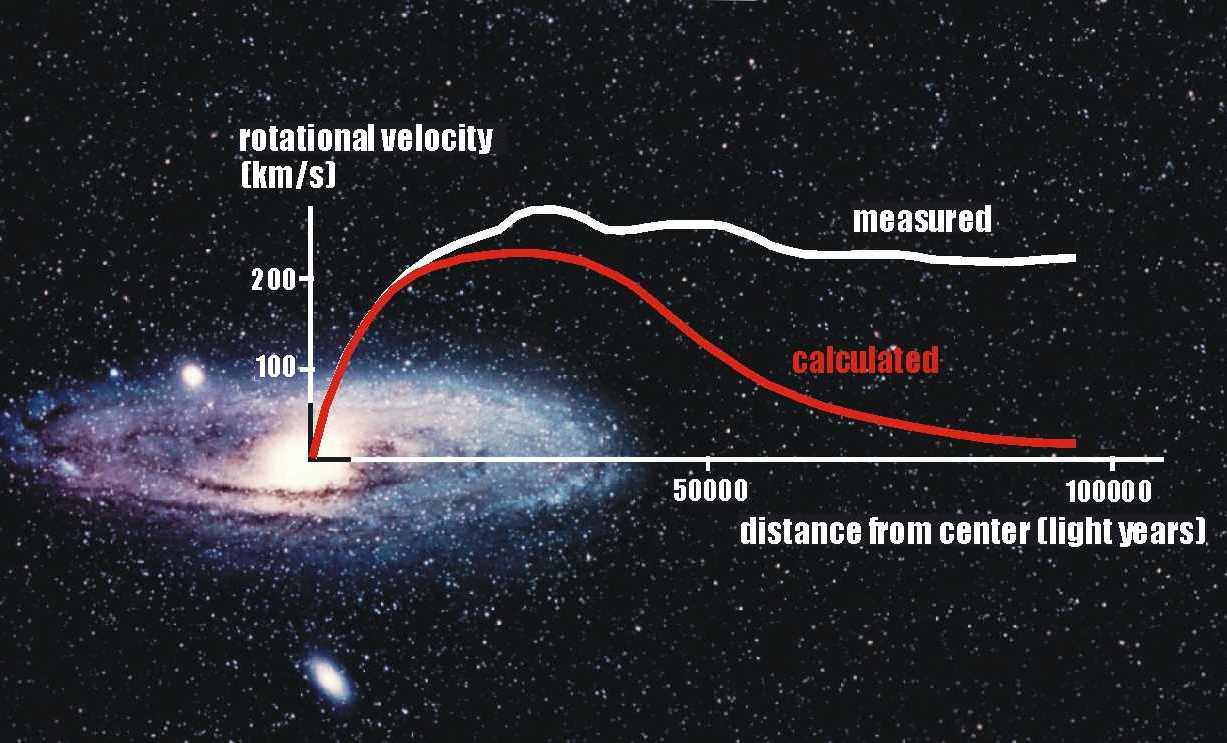
Things began to change in the late 1990s as two groups of astronomers led by Adam Riess and Saul Perlmutter tried to answer the question of whether the expansion of the Universe was slowing fast enough to come to a stop. What they found was that the expansion wasn’t slowing at all, it was accelerating.

Riess and Perlmutter used observations of Type 1 supernovas to make their measurements, see my post of 18 January 2020. Type 1 supernova occur when a white dwarf star steals matter from a nearby companion star. Eventually the white dwarf steals too much matter and explodes as a Type 1. Since all Type 1 supernova happen at the same mass our theories predict that the supernova explosions should all have the same total amount of energy and can be used to measure the distances to other galaxies. That is, if all Type 1’s are the same absolute brightness then if one Type 1 supernova looks brighter it must be closer, if another looks dimmer it must be further away. Whatever it was that was that was pushing the galaxies apart was given the name ‘Dark Energy’ in correspondence with Dark Matter although it is really more of a pressure than an energy.

Another, more technical problem also came out of the work of Riess and Perlmutter, the value for Hubble’s Constant that they measured over the last few billion years differed slightly from the value obtained by the astrophysicists who studied the Cosmic Microwave Background (CMB), the leftover radiation from the era of the Big Bang itself.
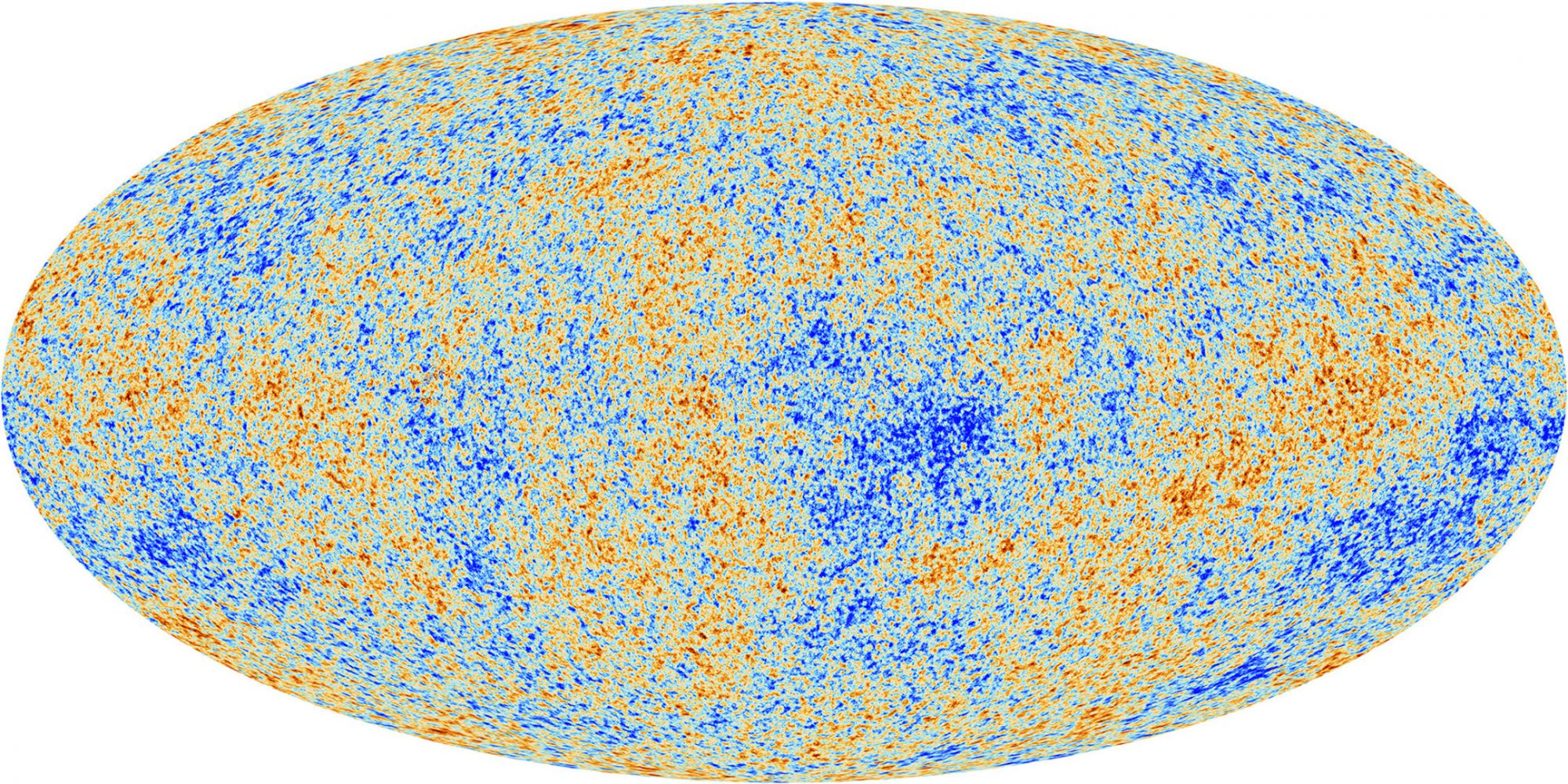
Now a group of astronomers led by two former students of Riess, Dillion Brout of Harvard’s Center for Astrophysics along with Dan Scolnic of the Department of Physics at Duke University have published a greatly expanded data set of over 1500 Type 1 supernova observations, ten times as many as Riess and Perlmutter gathered. This study has been given the name Pantheon+ and has produced a value for Hubble’s constant over the last 10 billion years of 73.4 kilometers per second per megaparsec with an uncertainly of only 1.3%. This value is significantly larger than the value obtained from the CMB for the early Universe 13 billion years ago.

These measurements give us the most precise account yet of the effect that Dark Energy has had on the evolution of the Universe. It also solidifies the discrepancy between the measurements of Hubble’s constant using Type 1 supernova and those made using the CMB to a better than one in one million chance of being caused by statistical error.
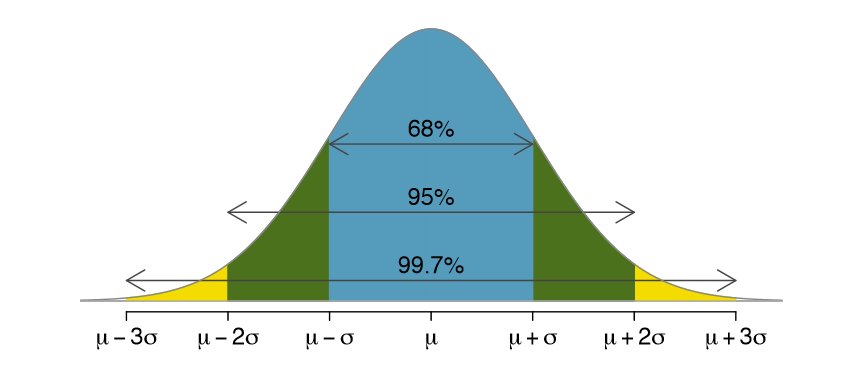
So what is going on here? What is causing our models and measurements to differ? Well the simplest answer would be that ‘Dark Energy’ has not been a constant effect throughout the history of the Universe, it’s dynamic, it changes and the results of Pantheon+ can give us some clues as to how it changes with time.

The other possibility is that we’re seeing the first evidence of some completely unknown factor effecting Dark Energy. As you can imagine cosmologists are hoping to avoid that possibility. After all, currently they have no idea what Dark Energy is or if it changes. To assume there’s a yet completely unknown factor effecting Dark Energy would just square the problems we have now.
And then there’s the Dark Matter that astrophysicists first proposed before Dark Energy but which they still have no clear idea of what it is. Dark Matter was supposed to account for why galaxies, like our own Milky Way, are observed to spin faster than they should based on the matter we can see and Newton’s laws of gravity.
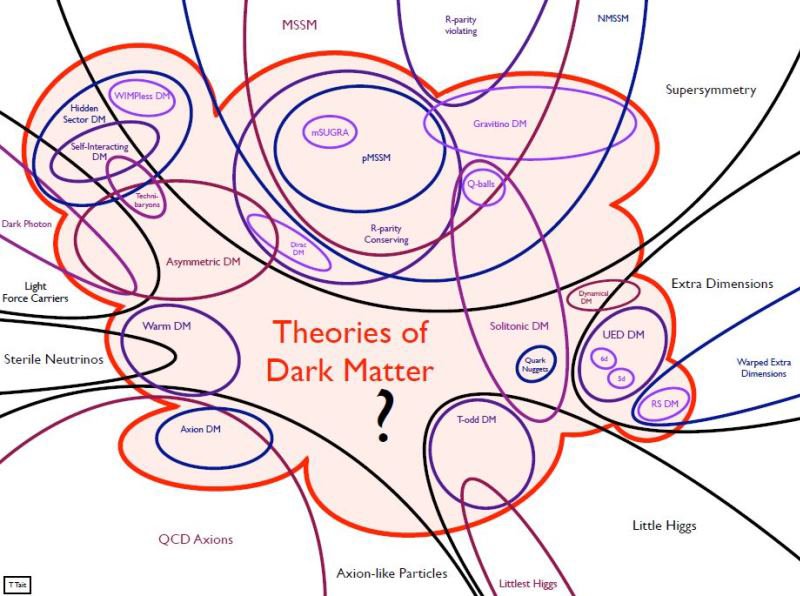
Dark Matter therefore was predicted to be some sort of heavy sub-atomic particle that did not react with the electromagnetic field, that is light, and that therefore we could not see. Physicists have been searching for that exotic particle, called a Weakly Interacting Massive Particle or WIMP, since the 1980s and have so far completely failed.

In fact a growing minority of physicists are ready to give up on the whole idea of Dark matter and instead propose that there is something wrong with Newton’s laws of gravity. There are currently many ideas floating around as to how Newton might be wrong and these theories have been given the generic name of MOdified Newtonian Dynamics or MOND.
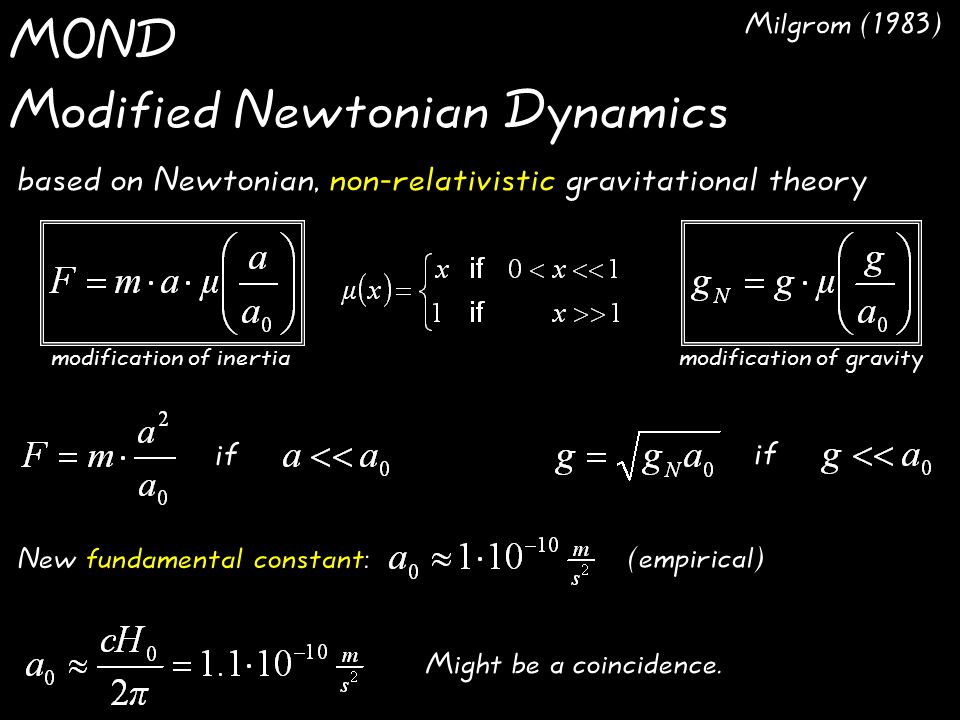
Now a new study of Open Star Clusters in our Milky Way has provided evidence backing some of those MOND theories. The paper comes from researchers at the Helmholtz Institute of Radiation and Nuclear Physics at the University of Bonn in Switzerland.
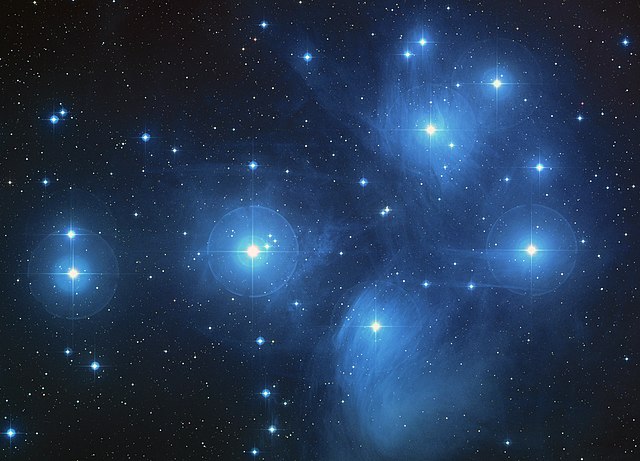
Open star clusters are the maternity wards of galaxies where gas clouds contract under gravity to give birth to stars. The best-known example of these open clusters are the Pleiades but many are known throughout the Milky Way and neighboring galaxies. After the stellar nursery has given birth to all the stars it can the grouping stays together for a few tens of millions of years as it orbits around the center of the galaxy. Eventually however tidal forces from the billions of other stars in the galaxy cause the stars in an open cluster to drift away, spreading across the galaxy. In fact our own Sun must have once been a member of such a cluster only to have drifted away billions of years ago.
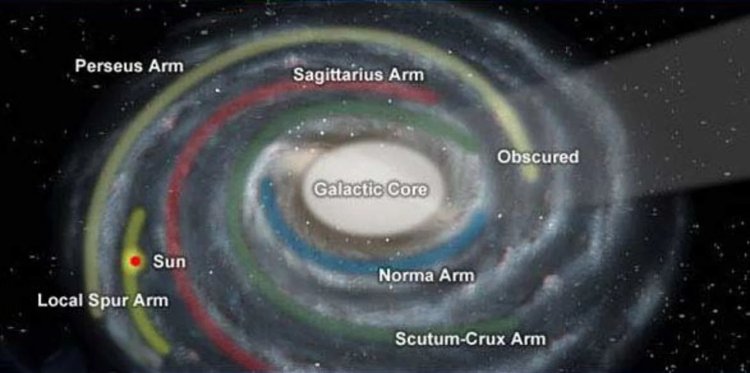
And just as here on earth we have two tides, one rising as the Moon is high in the sky and the other 12 hours later, the tides of the galaxy will pull the stars in an open cluster in a forward direction, relative to its motion around the galactic center, and in a backward direction.
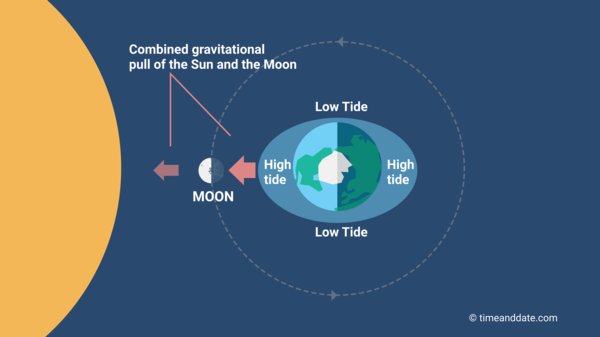
Now Newton’s laws predict that the two tides will be of equal strength, with an equal number of stars leaving in each direction. Certain versions of MOND however predict that the forward tide should be just about twice as strong as the backward so that twice as many stars should drift away in that direction.

Needless to say trying to determine just which stars that are near an open cluster were actually once members of that cluster is no easy chore but the team from the University of Bonn succeeded with five open clusters and their results, published in the Monthly Notices of the Royal Astronomical Society strongly indicate that some variety of MOND is at work here.
So astronomy and astrophysics today have a couple of really big problems to be solved. Wouldn’t it be interesting if the solution to one problem is also the solution to the other? I mean, what if MOND is that extra factor effecting Dark Energy? We’ll just have to wait and see.
